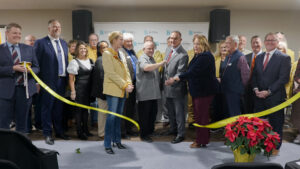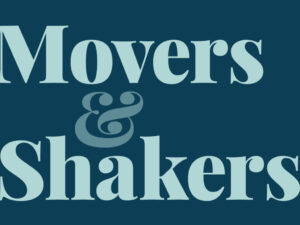Rapid spending cuts out of Washington have been all over the news the early part of this year already.
The instant layoffs have reached some federal employees living here in COMO. Local public and nonprofit organizations with established federal grants have experienced funding flows that are at least temporarily frozen. Local mortgage lenders working to qualify home buyers for federal programs, like via the VA, are not sure they if can turn in new applications.
Mayor Buffaloe on a weekly Facebook video suggested: stay informed, call your elected officials, and meanwhile support local non-profits. https://fb.watch/xR47LVk4He/?
Staying in the know and helping with charitable endeavors is always good advice, but you’ll get no call to political action from yours truly here (believe it or not). Instead, I’m challenging readers to pragmatically stop and think about what you are actually going to do in their own lives.
In many a corner office, the periodic strategic planning exercise involves a stereotypical SWOT Analysis – brainstorming about an organization’s Strengths, Weaknesses, Opportunities and Threats. An overdue question has come to light: what would be your organization’s updated SWOT analysis in regard to your federal contracts?
Maybe federal programs used to be a Strength: as a preferred contractor or you are good at grant writing. Or an Opportunity: if the next omnibus bill could bring a boon to your industry.
But now, even deals you thought were stable are less certain, and become a Threat to your established M.O.
As of this writing, Medicare payments were being analyzed, initially finding more than $80 billion in “improper payments.” They are not just looking at fraud, but errors and perhaps even incomplete documentation. If you are in the medical industry, look at the accuracy and completeness of your Medicare (and Medicaid) billing coding, making your records audit-proof.
The public has been discovering how much of the business model of research universities like Mizzou are built upon federal grant programs. Subsidized student loans with little scrutiny over what a student or college is doing might come into question, too.
I heard from the executive director of a local social services nonprofit, who mapped out how many of their myriad revenue streams originate from Washington and prepared an urgent presentation to their board about risk they have on the table. Smart move. Think like this person.
If your organization used a lot of ARPA money to start a new project or unit, is your future operating funding as secure as you had previously assumed?
Also consider possible effects on your customers, your customers’ customers, employees, your employees’ spouses. For example, if you rent apartments to college students, whose parents co-signed, based on their income from (then) stable federal jobs, what cash flow risk might you have arise a few months from now?
Columbia Public Schools is mostly funded with local property taxes, and thankfully not much from D.C. However, National School Lunch Program payments might be subject to audit, and to Make America Healthy Again, the program might no longer smile upon cheap menu staples like chicken fingers, tater tots, and chocolate milk.
This is not doom and gloom, friend, but high time to review how diversified your income streams are. What Plan B (or C) can you construct for revenue replacement if needed? Keep tabs on your customers, employees, etc. of how things are going for them, and how that affects your organization, and your life. Look for Opportunities, such as recruiting federal workers who have been suddenly laid off, or fear they may be next.
It is (past) time to seriously consider if the federal government will be as reliable a partner for many of us here in Columbia, Missouri.










